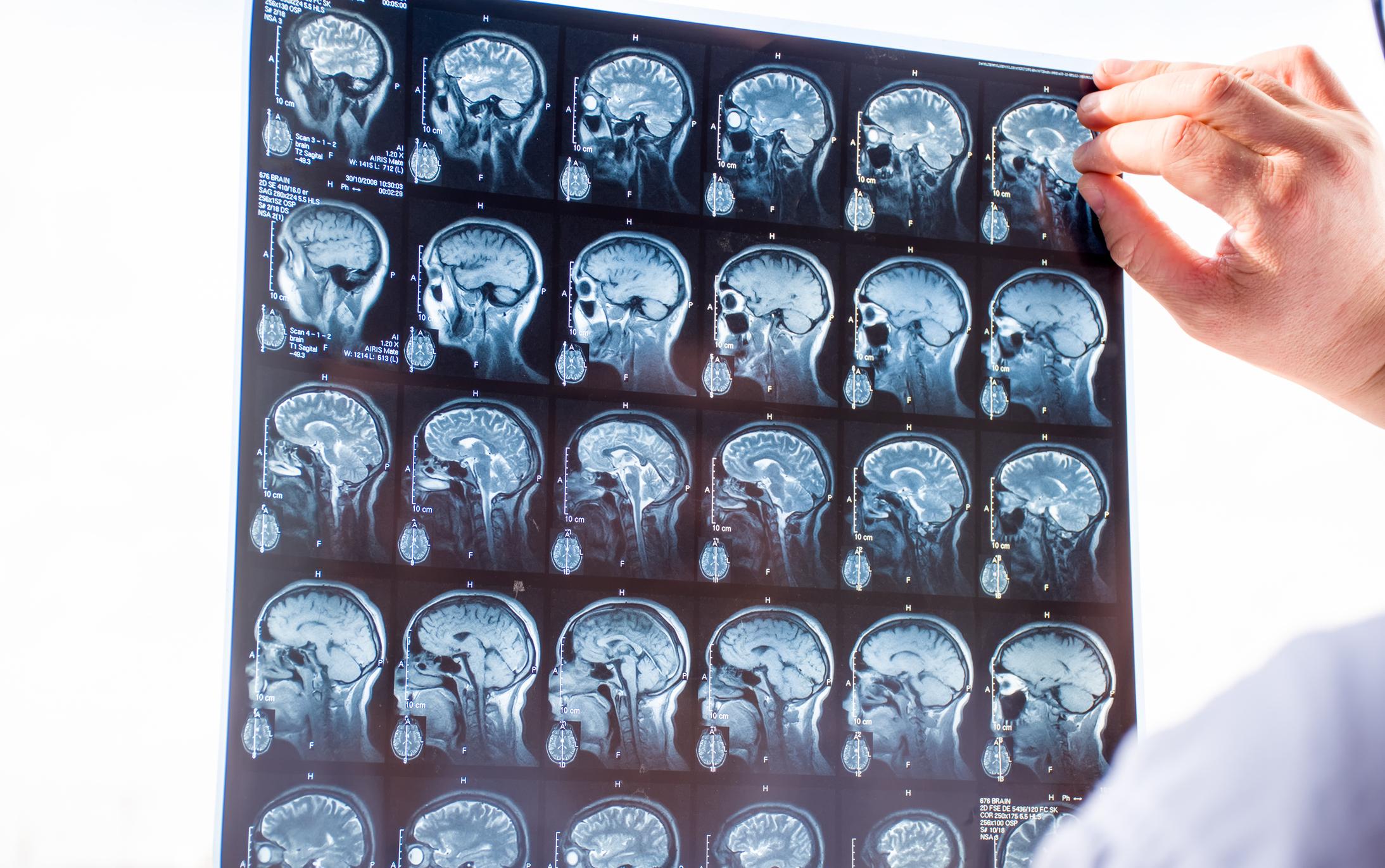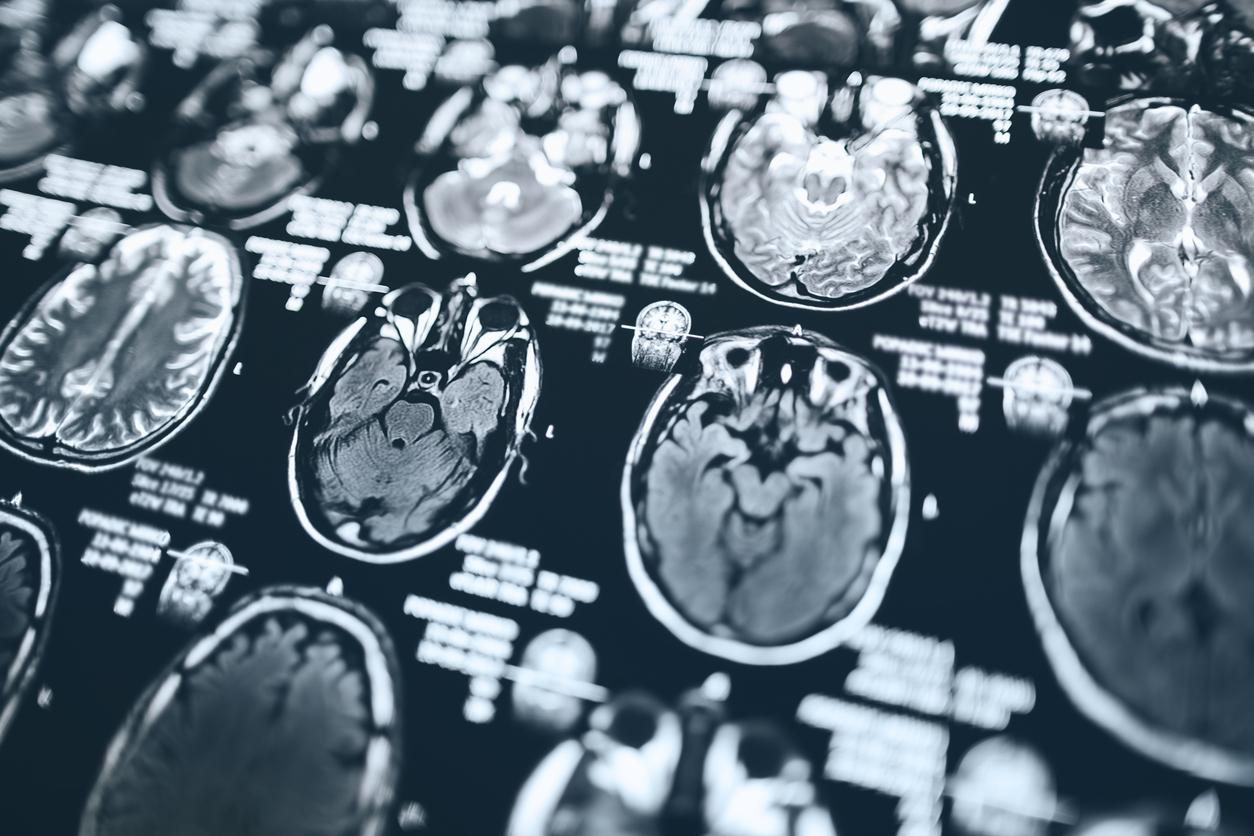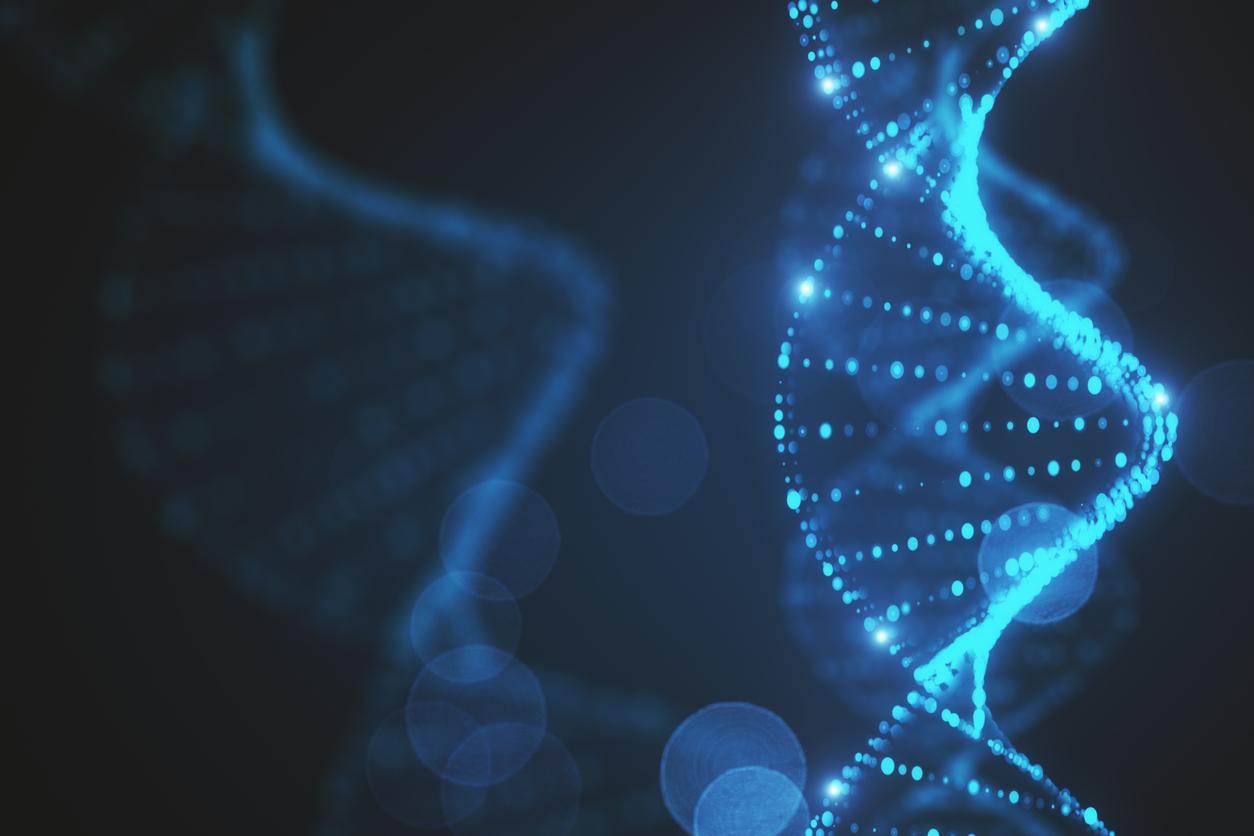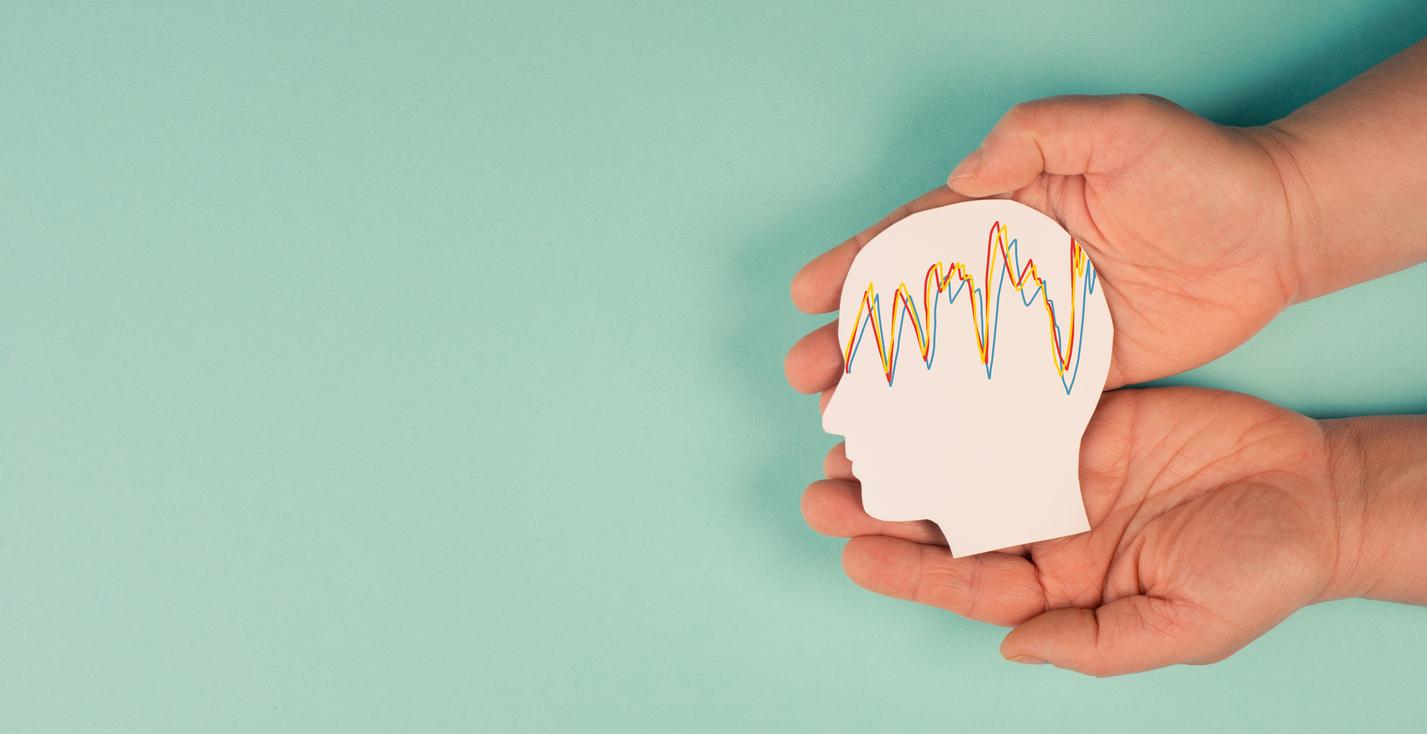Epilepsy affects approximately 600,000 people in France, half of whom are under 20 years old. “Epilepsies are multiple, and not all patients have seizures with falling, loss of consciousness and convulsions” specifies in the preamble Dr. Norbert Khayat, neurologist. For those who experience these unpredictable and often very brief seizures, the origin is in the brain. It is an electrical “storm”, traversing many neurons, which will trigger the crisis.
# 1 I note the time
Above all, look at the time of the start of the crisis, and note it mentally. This is important information, in case the emergency services should intervene. “If the person is in danger, for example if they have fallen in the middle of the road, we will secure them by moving them, recommends Dr Khayat. In all other cases, leave it where it is. »
#2 I protect the person
Already by moving away from her what could hurt her (furniture, objects…). Then by slipping a pillow or folded clothes under her head to prevent her from hitting the ground. If necessary, you can remove your glasses and loosen your clothes (collar, belt). Finally, it is placed in the lateral safety position.
#3 I call the emergency services (or not)
It is necessary to contact the Samu or the firefighters “if the crisis lasts more than five minutes, if the person does not regain consciousness five minutes after the end of the convulsions, if two crises follow one another without return to normal in the interval”. Or, of course, if the person got hurt.
#4 After the crisis, I comfort
When the “storm” has passed, you have to wait patiently for the person to come to their senses. We can then be comforting, explain calmly what has just happened. At the end of a crisis, the person is often disoriented, tired. She’s going to need some rest.
What you should not do
“You should not try to stop the movements,” insists Dr. Khayat. Because it is impossible to stop a crisis that has begun. Similarly, you should not try to sit the person down or give them something to drink. “Above all, you shouldn’t put anything in the mouth of someone who is having a fit. He’s not going to swallow his tongue, that’s a totally false prejudice!”
>> The seizure is not the only symptom. Still misunderstood, epilepsy is the second most common neurological disease after migraine. One of the main misconceptions is that the generalized seizure is the only symptom of this disease. However, the latter can manifest itself in many other ways: absences, tingling, hallucinations, memory loss… More info on Epilepsie-france.com
Our expert : Dr Norbert Khayat, neurologist, vice-president of the Association Epilepsie France
Read also :
- Why we must de-dramatize epilepsy
- Epilepsy: sport to calm seizures
- The biological clock plays a role in epileptic seizures


















